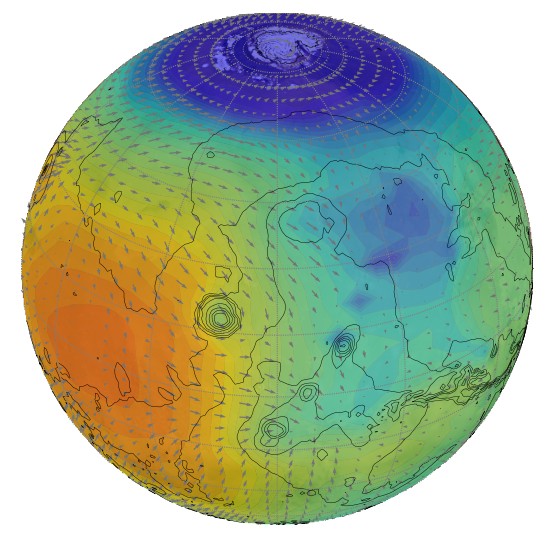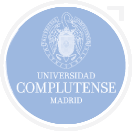CNRS - Centre National de la Recherche Scientifique
The IPSL team includes scientists from two laboratories, LMD and LATMOS, with extensive experience and leadership in modelling climate of Earth and planets, Mars in particular. IPSL has been involved in major planetary missions experiments at the highest level: PI and/or co-I of various instruments on European missions (MEx, Venus Express and ExoMars 2016 and 2018) and NASA missions (MRO, MAVEN). Their expertise include specific studies of clouds, atmospheric chemistry, state-of-the art data analysis and exploitation of remote sensing data from space.
The Laboratoire Atmosphères, Milieux, Observations Spatiales (LATMOS) is a new research unit, created on January 1st, 2009, gathering former activities developed by Service d'Aéronomie and by more than half of Centre d'étude des Environnements Terrestre et Planétaires. LATMOS is part of Observatoire des Sciences de l'Univers de l'UVSQ. LATMOS is the PI institute of the SPICAM instrument onboard Mars Express and has a long- standing collaboration with LMD (presented below) on the study of Mars climate by means of theoretical models.
Previous related projects:
The Mars Climate Database/Mars environmental models project. This project led by LMD at IPSL has been conducted for more than 15 years within the frame of “Trade Research Program” (TRP) contracts from the European Space Agency and support from the French Space Agency CNES. It is a collaboration with the University of Oxford and the Open University (UK) and IAA (Spain). The project has notably developed a state of the art Mars Global Climate Model (GCM) to simulate the Martian environment from the surface to the exobase, including the dust, CO2 and water cycles, photochemistry, and ionospheric processes. On this basis, the GCM has been used to produce the Mars Climate Database, a reference engineering and scientific tool used to prepare and exploit most Martian missions. In the past 7 years the pro version on DVD-rom has been delivered to more than 150 teams in 20 different countries. It is also available on an interactive website on http://www/mars.lmd.jussieu.fr, also used by hundreds of scientists and engineers around the world.

SPICAM/MARS EXPRESS
Atmospheric Chemistry Suite (ACS) on ExoMars Trace Gas Orbiter. ACS is a 3-channel spectrometer selected for the ExoMars TGO orbiter, led by IKI in Moscow (PI. Oleg Korablev). ACS will be part of the instrument payload on the ExoMars TGO due for launch in 2016. ACS is a set of three spectrometers that can measure Mars spectrum across a wide range of wavelengths (near infrared, mid infrared, thermal infrared). On this basis, ACS will measure vertical profiles of trace gases and aerosols in the Martian atmosphere with unprecedented sensitivity and spectral resolution. ACS will also perform continuous sounding in the thermal infrared to map the thermal structure of the atmosphere. UPWARDS team member Franck Montmessin is deputy-PI of the ACS project, and most UPWARDS scientists from IPSL are active co-investigators of ACS.2

The Mars Climate Database/Mars environmental models project
The IPSL will manage WP1 related to the new retrieval tools applied to existing Mars observation datasets. It will also contribute to WP4 dedicated to the water cycle and will participate in WP6 using her experience of solar occultation retrievals on Mars. In this project, the IPSL will coordinate Task 7.5 to compare the simulated H Lyman-α emission from GCM- Exosphere-Radiative transfer coupling with the Mars Express observations to study the variability of the hydrogen escape rates. The IPSL will manage WP1 dedicated to Mars water and cloud cycles. It will also be involved in WP1 (data assimilation) and contribute to WP7 and WP8

































